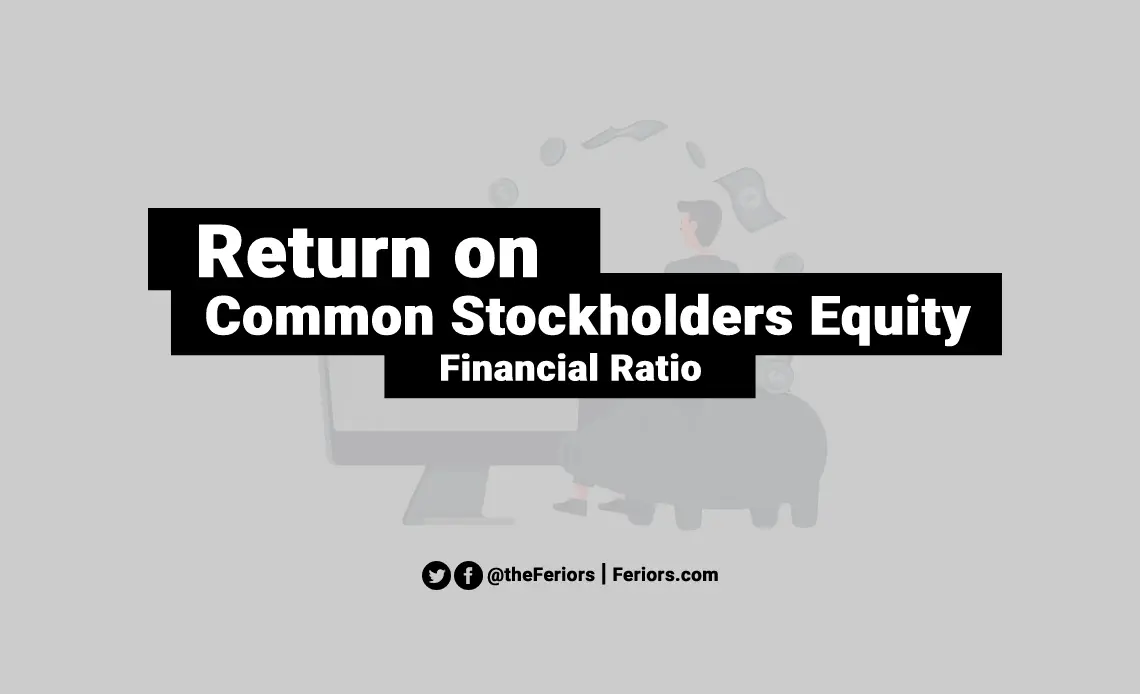What is Return on Common Stockholders Equity
Return on common stockholders’ equity (ROCE) is a financial ratio that measures the company’s profitability that the company generated by utilizing the capital from the common stockholder. Thus, the return on common stockholders’ equity is a return for the common stock investors.
The return on common stockholders’ equity (ROCE) is not the same thing as the return on equity (ROE). The ROCE ratio isolates the company’s return on its common equity, rather than measuring it against all company’s equity. The return on common stockholders’ equity is a comparison between the company’s income that is deducted by the preferred stock dividends with the common stockholders’ equity value.
The investors use the return on common stockholders’ equity to measure how efficiently the company uses the common equity to grow the company by expressed as a percentage.
The higher ROCE ratio reflects the company had a high ability to generate profit by utilizing the common shareholders’ equity. Conversely, the lower ROCE ratio reflects the company’s poor ability to generate profit with the shareholders’ equity.
However, sometimes the return on common stockholders’ equity percentage can be increased with the inappropriate methods include; share repurchase to reduce outstanding stocks (smaller denominator) and overleveraging to boost sales but increased interest payment and risk of default.
Return on Common Stockholders Equity Formula
Return on common stockholders’ equity can be calculated by dividing the company’s net income after preferred dividends (net income – preferred dividends) by the total common stockholders’ equity (total stockholders’ equity – preferred stockholders’ equity), or the following return on common stockholders’ equity formula:
ROCE = (Net income – Preferred dividends) / (Total stockholders’ equity – Preferred stockholders’ equity)
or
ROCE = Net income after preferred dividends / Total common stockholders’ equity
For example, the Feriors company had the following financial results for last year:
- Net income: $500,000
- Preferred dividends: $200,000
- Total stockholders’ equity: 1,000,000
- Common stockholders’ equity: $800,000
- Preferred stockholders’ equity: $200,000
ROE = (500,000 – 200,000) / (1,000,000 – 200,000) = 0.375 or 37.5%
This means the Feriors company can generate 37.5 cents for each $1 of the common stockholders’ equity.
Frequency Asked Questions
The return on common stockholders’ equity (ROCE) is a financial ratio that measures the company’s profitability that the company generated by utilizing the capital from the common stockholder.
ROCE = (Net income – Preferred dividends) / (Total stockholders’ equity – Preferred stockholders’ equity)
The higher return on common stockholders’ equity ratio is a good value. A higher ROCE suggests strong earnings performance from the common stockholders’ perspective.



